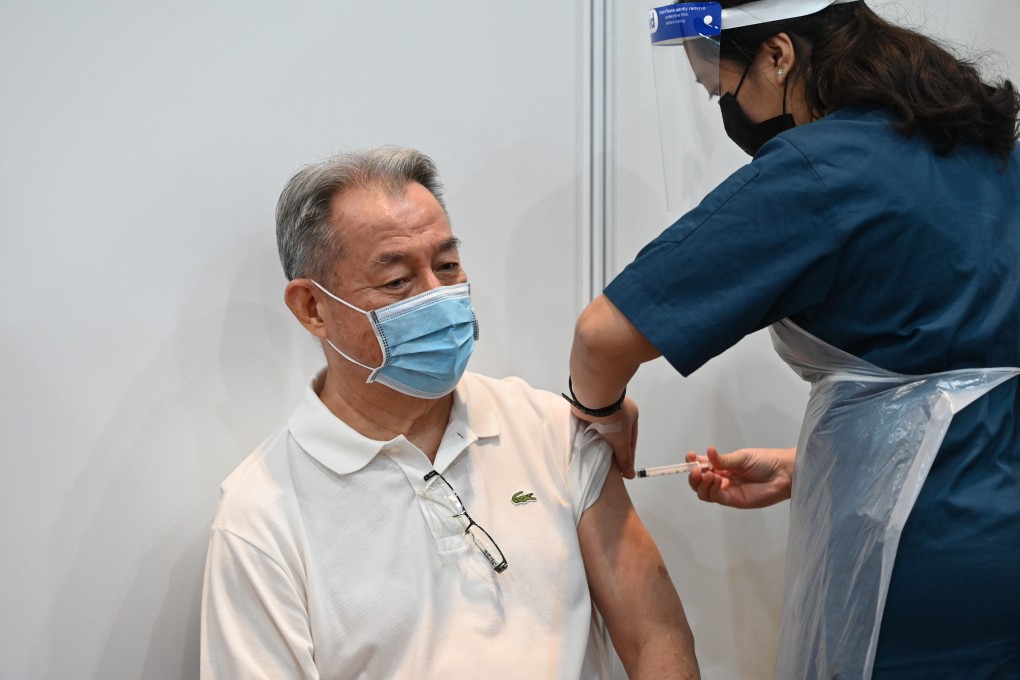China’s Covid-19 vaccines reach final stage of WHO approval process
- Authorisation will pave the way for Sinopharm and Sinovac jabs to be included in the Covax Facility for equitable distribution
- Agency’s immunisation chief says formal review meetings have been scheduled, with the first one set for Monday

“We are pleased that we are at a point that these review meetings can be scheduled and we are looking forward to … the formal review meeting of the [emergency licensing] process,” O’Brien said. “The WHO has been in constant touch with the two companies to prepare for the official review meeting.”
The scheduling of the meetings means the reviewers have the required information and could finish their report before these dates.
“The meetings are planned based on the expectations that reports from all the reviewers will be completed in time for that meeting,” O’Brien said. “Occasionally, unexpected things happen but the meeting is expected to take place as the dates have been shared.”
According to past practice, the emergency use licensing (EUL) will be granted shortly after the reviewers’ recommendation at the formal meeting, opening the way for the Sinopharm and Sinovac vaccines to be included in the Covax programme led by the global health agency.
